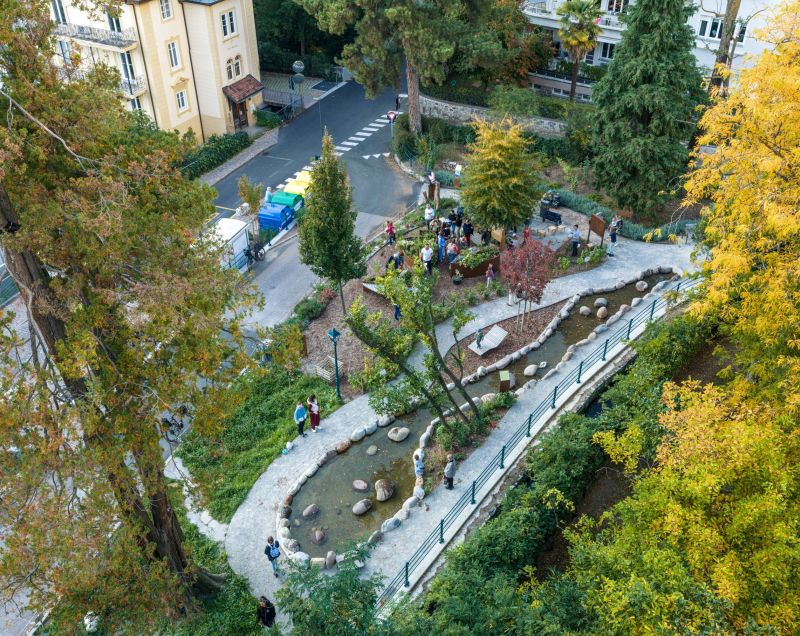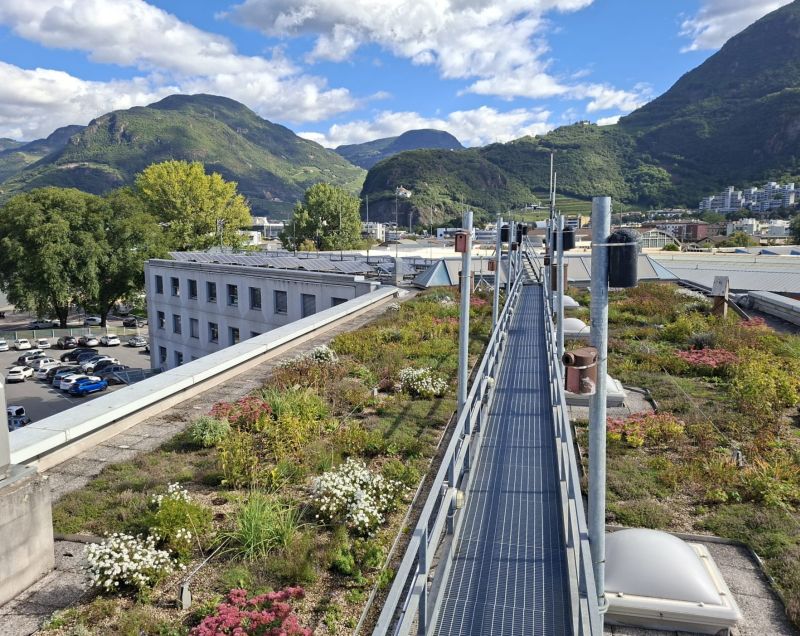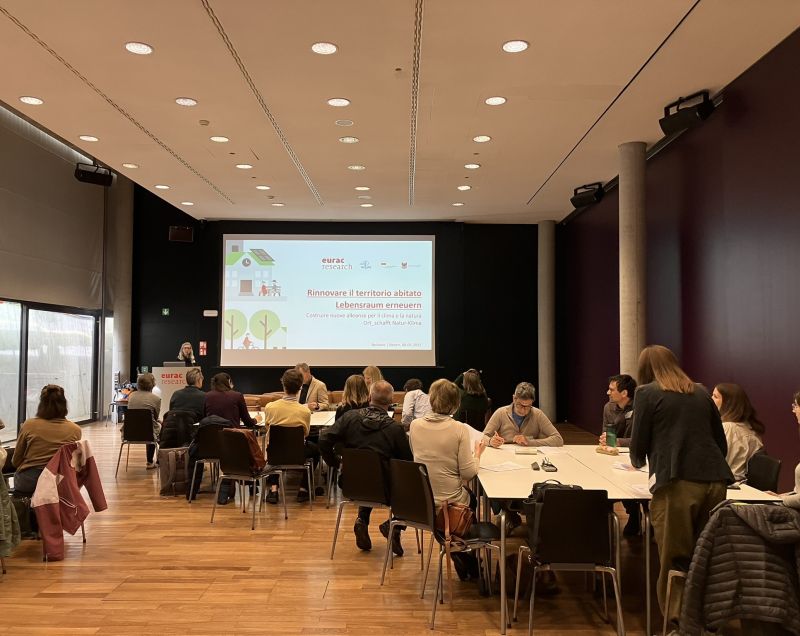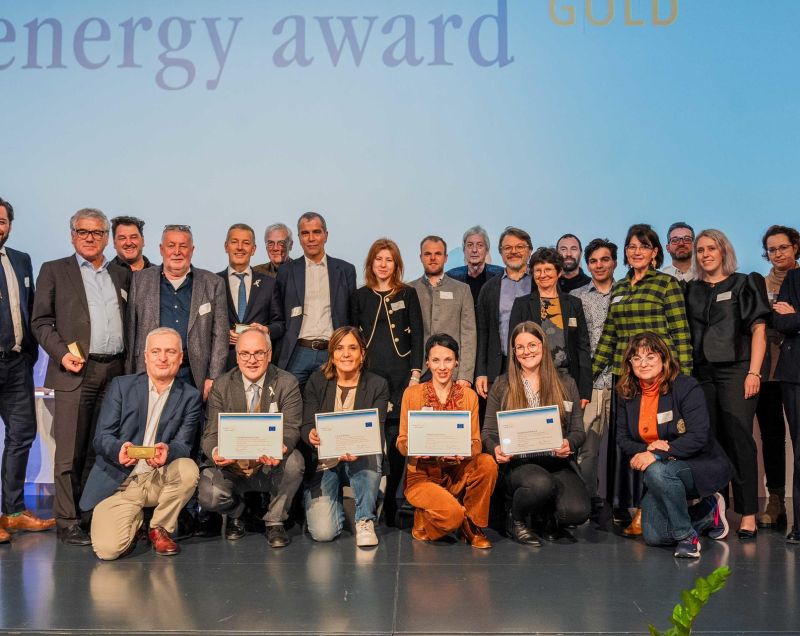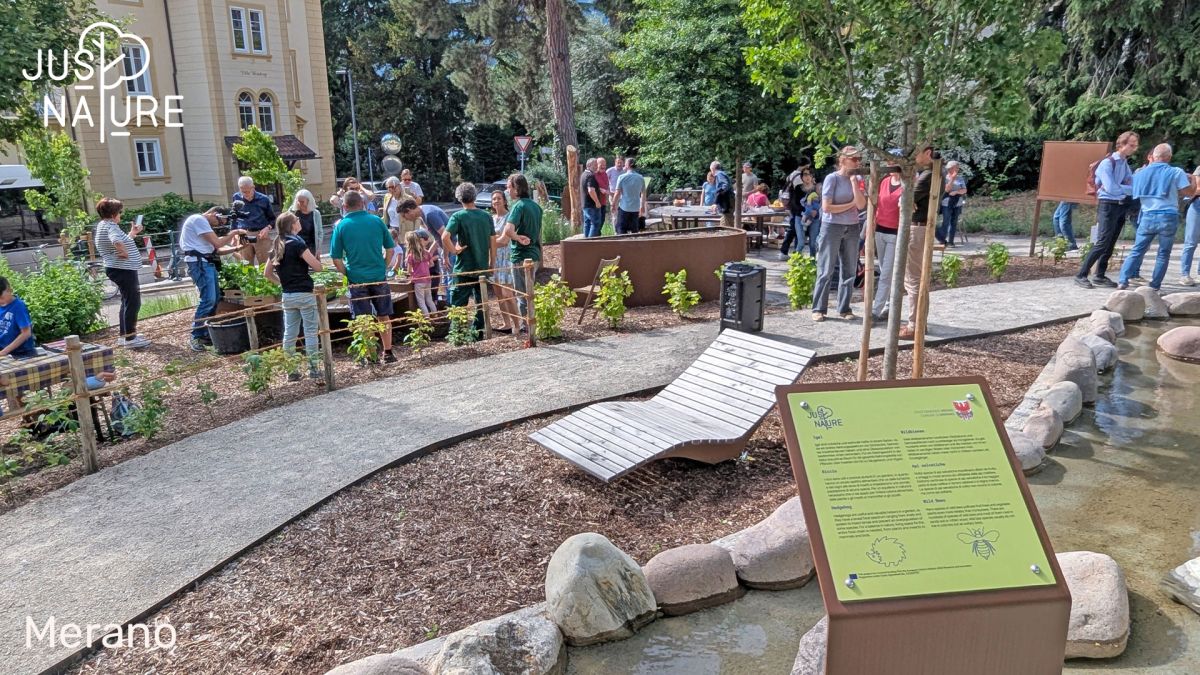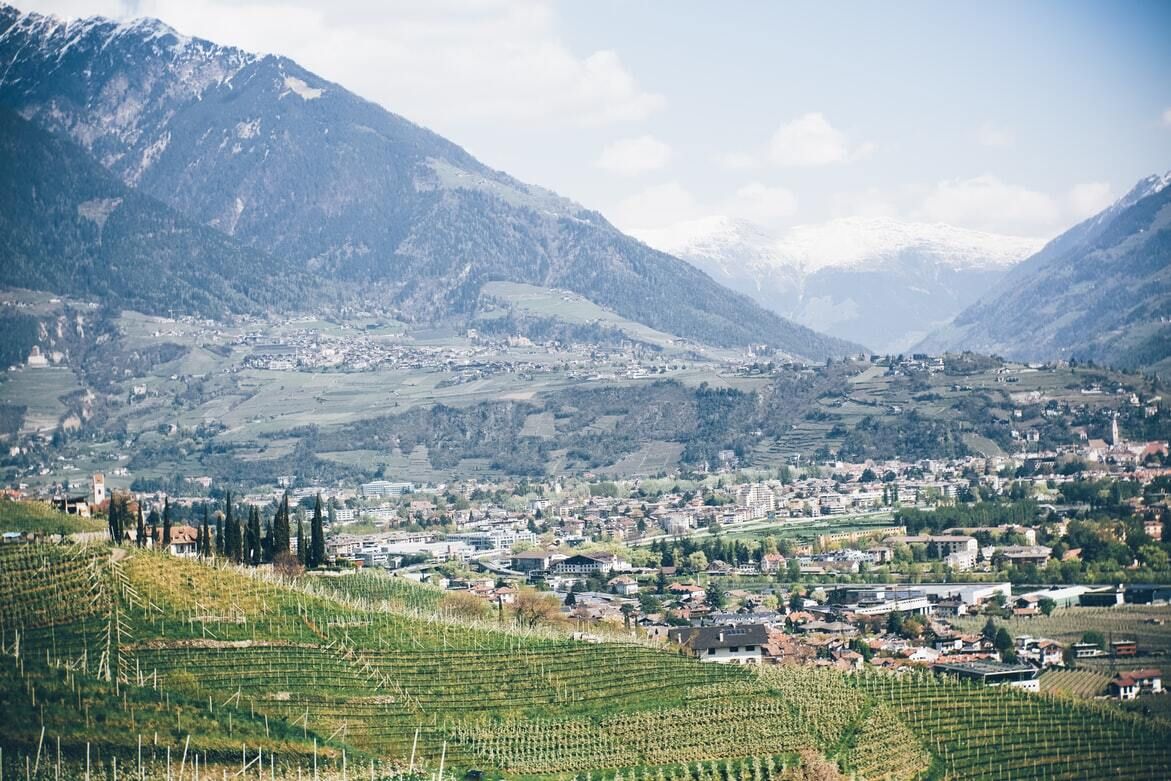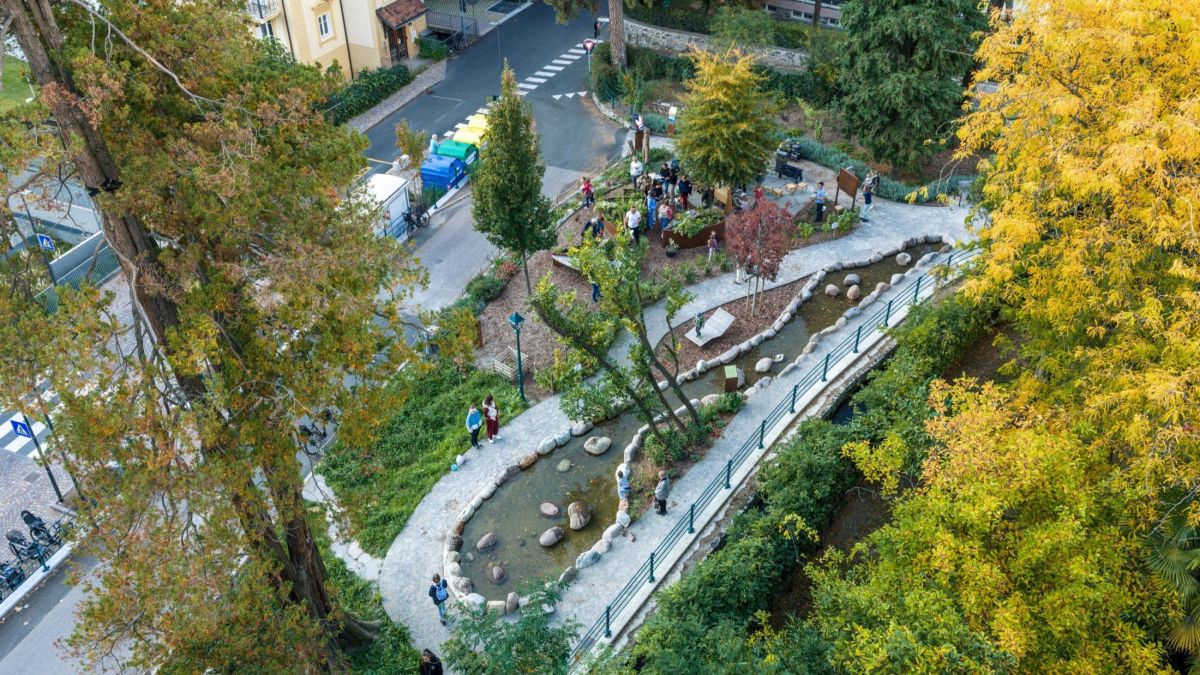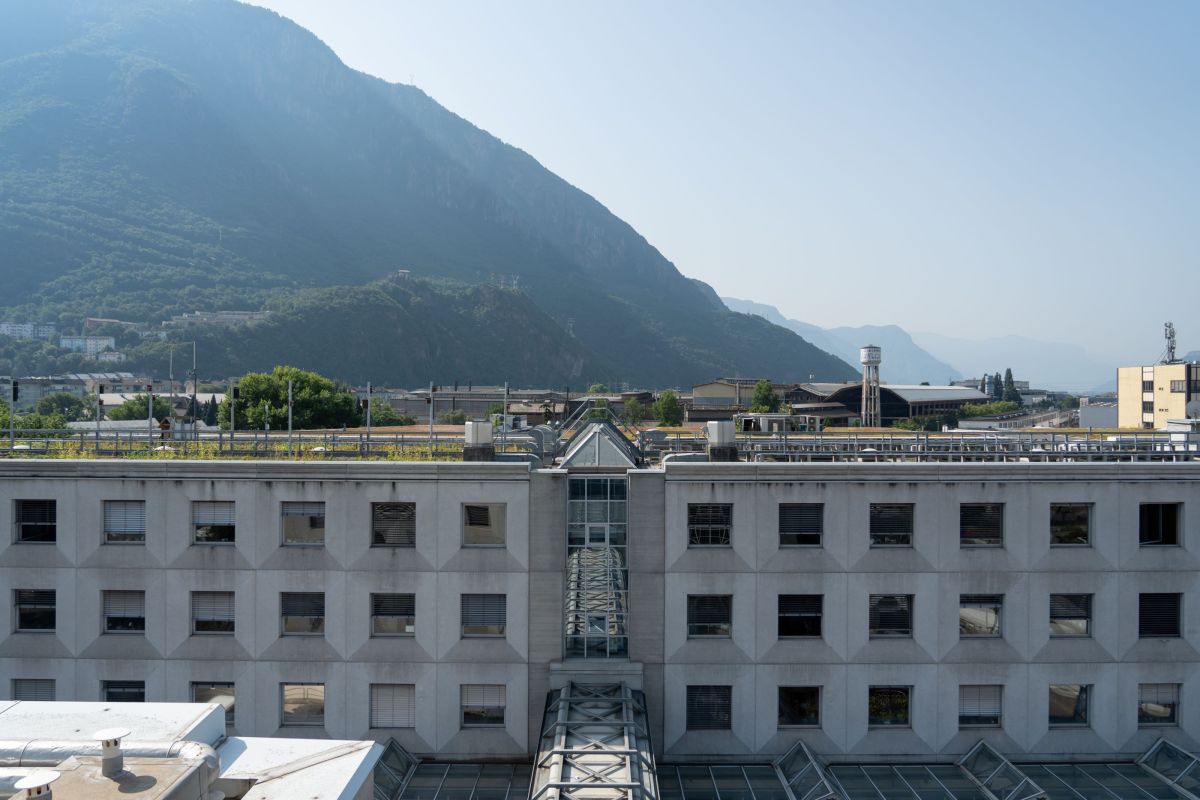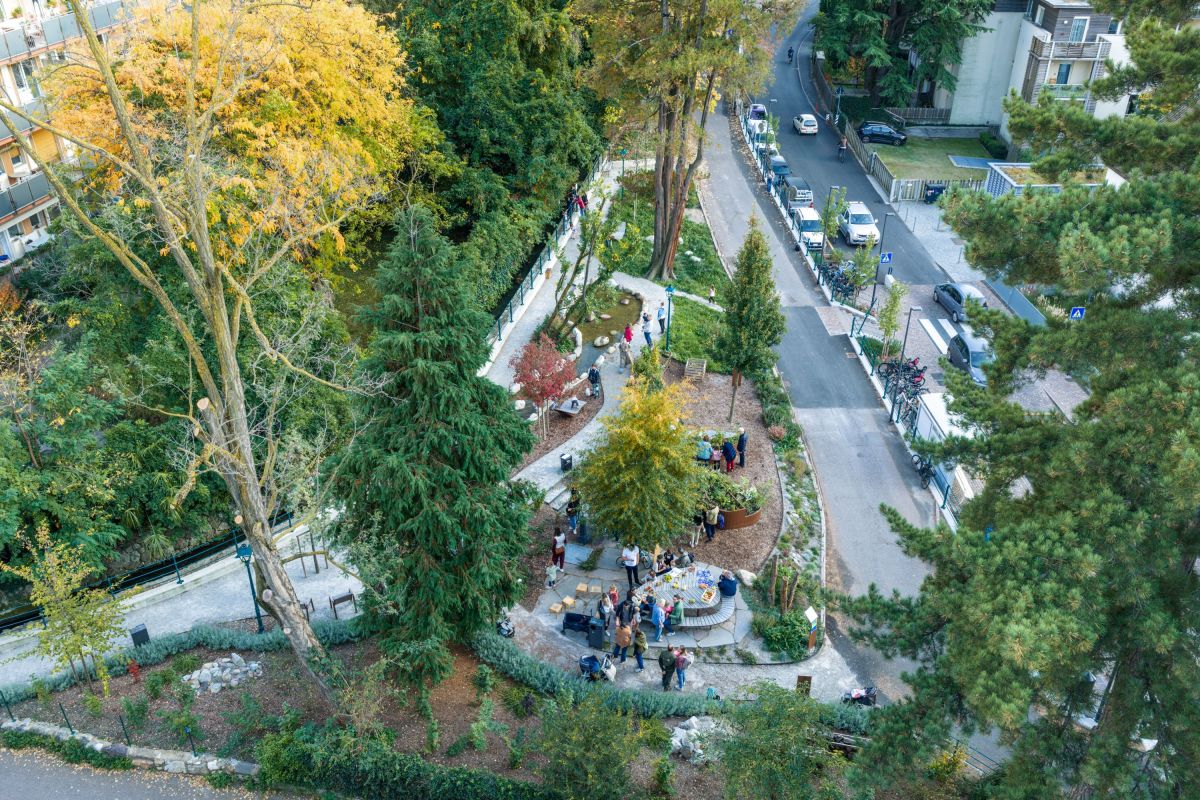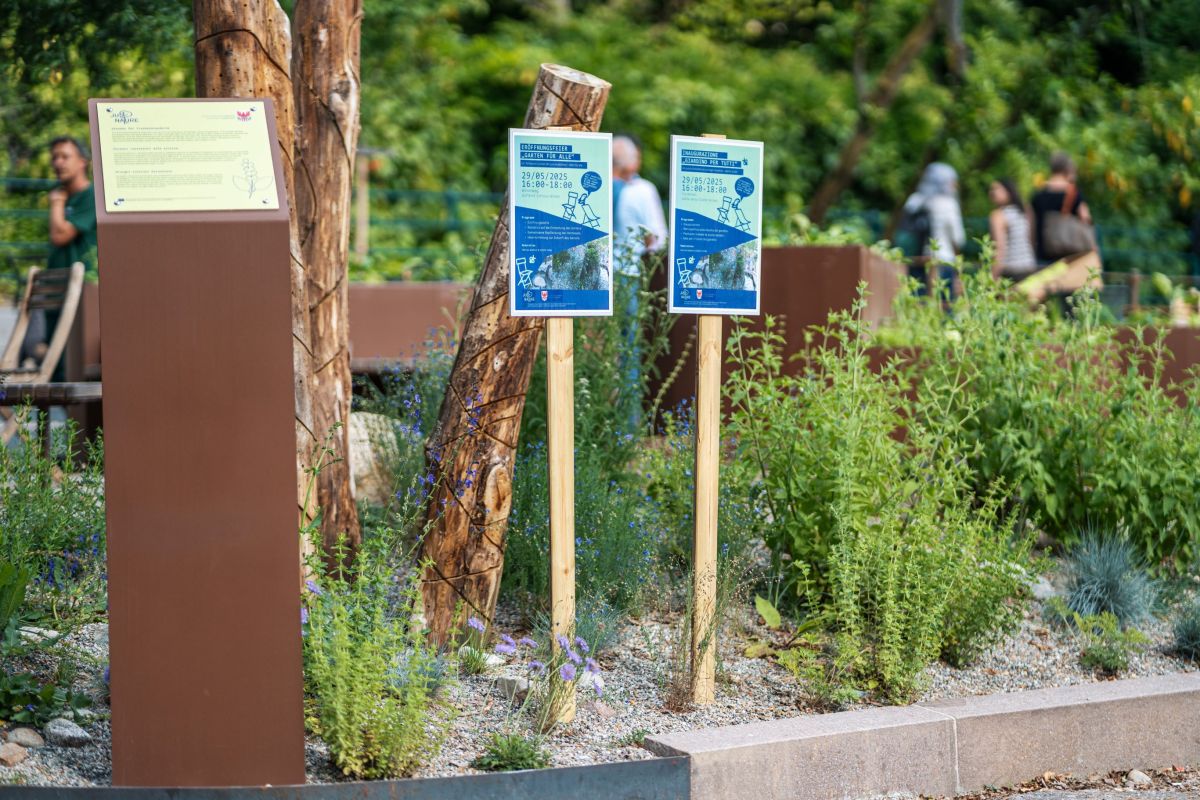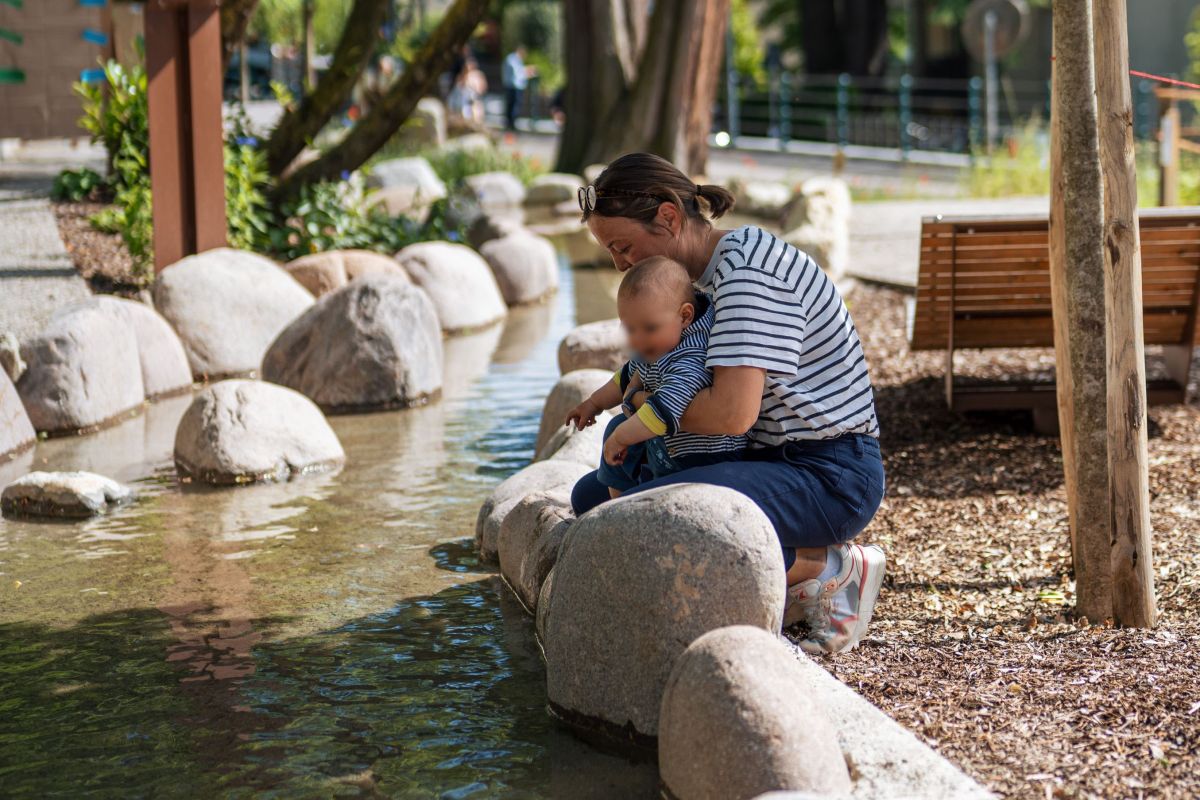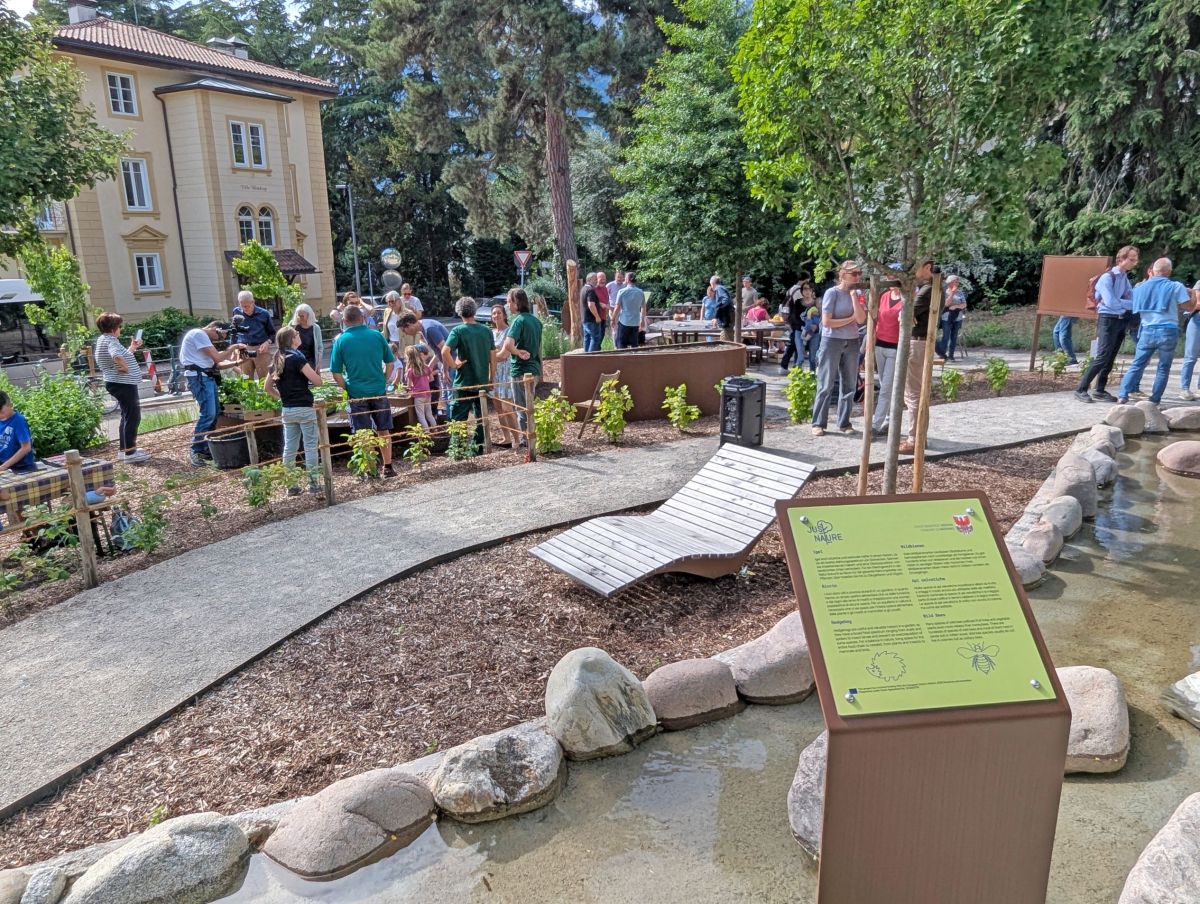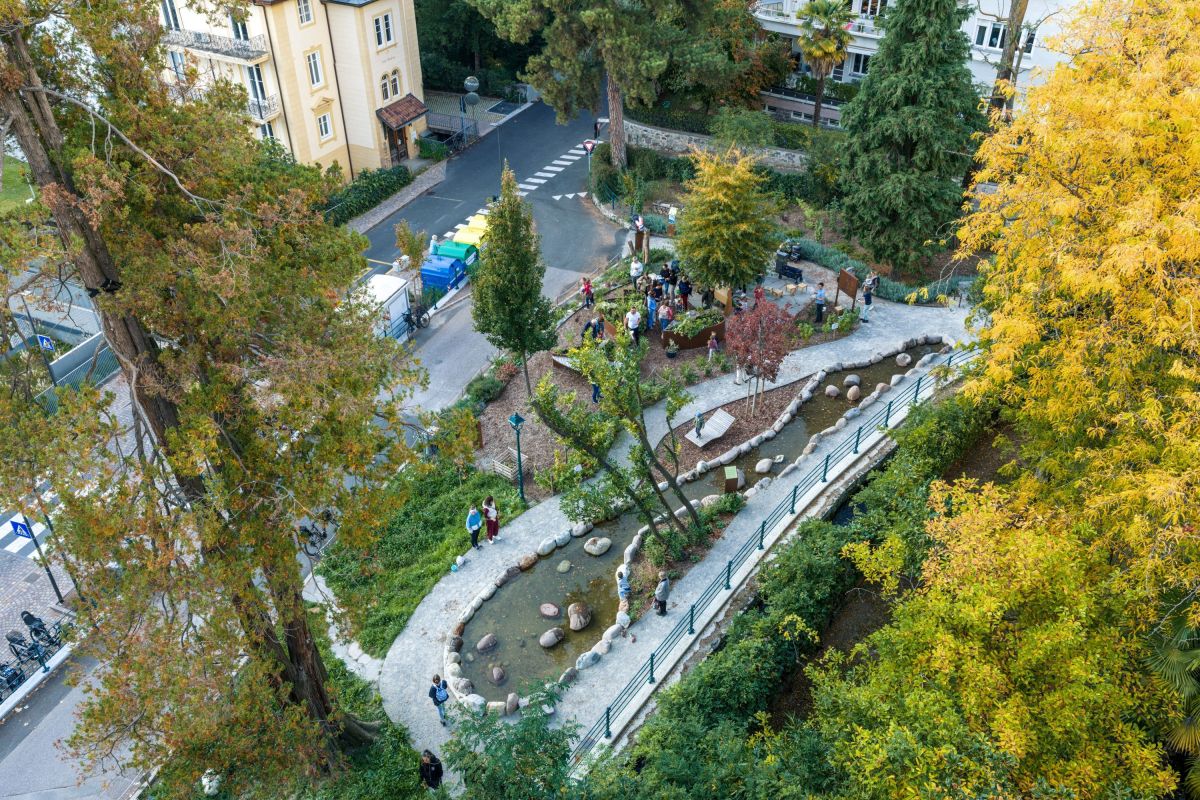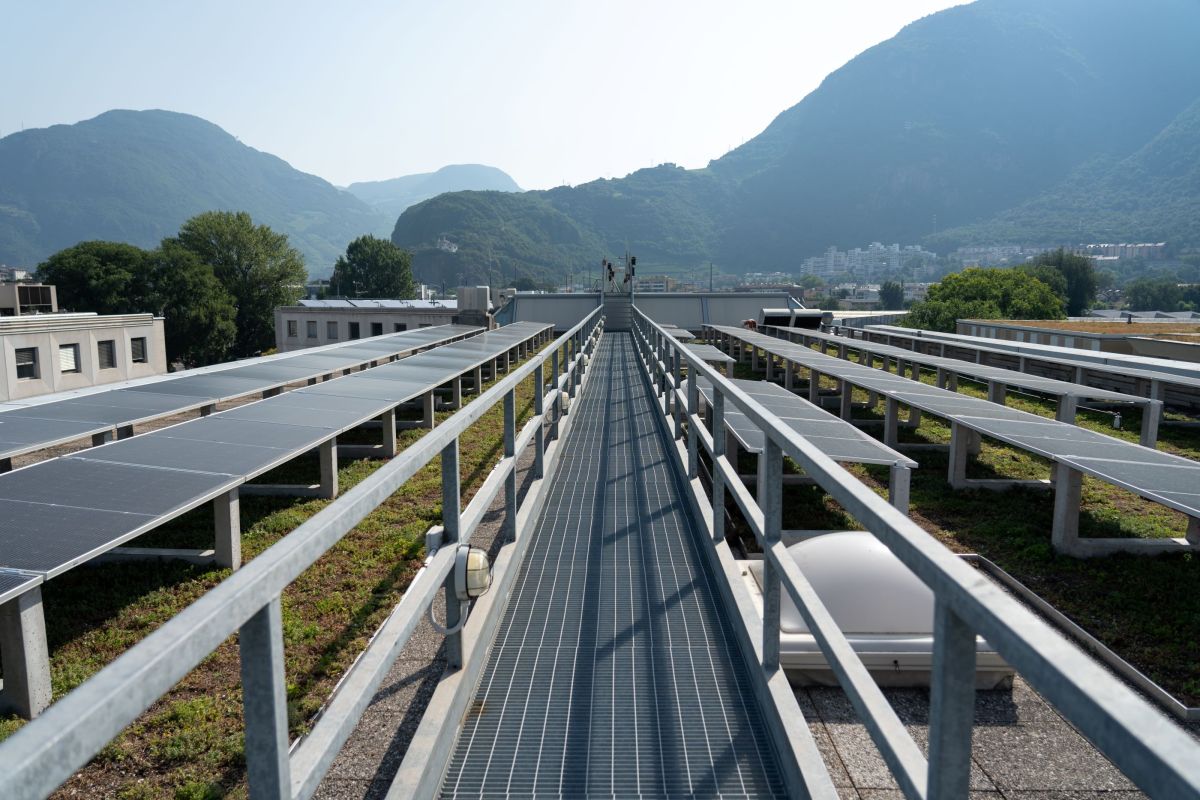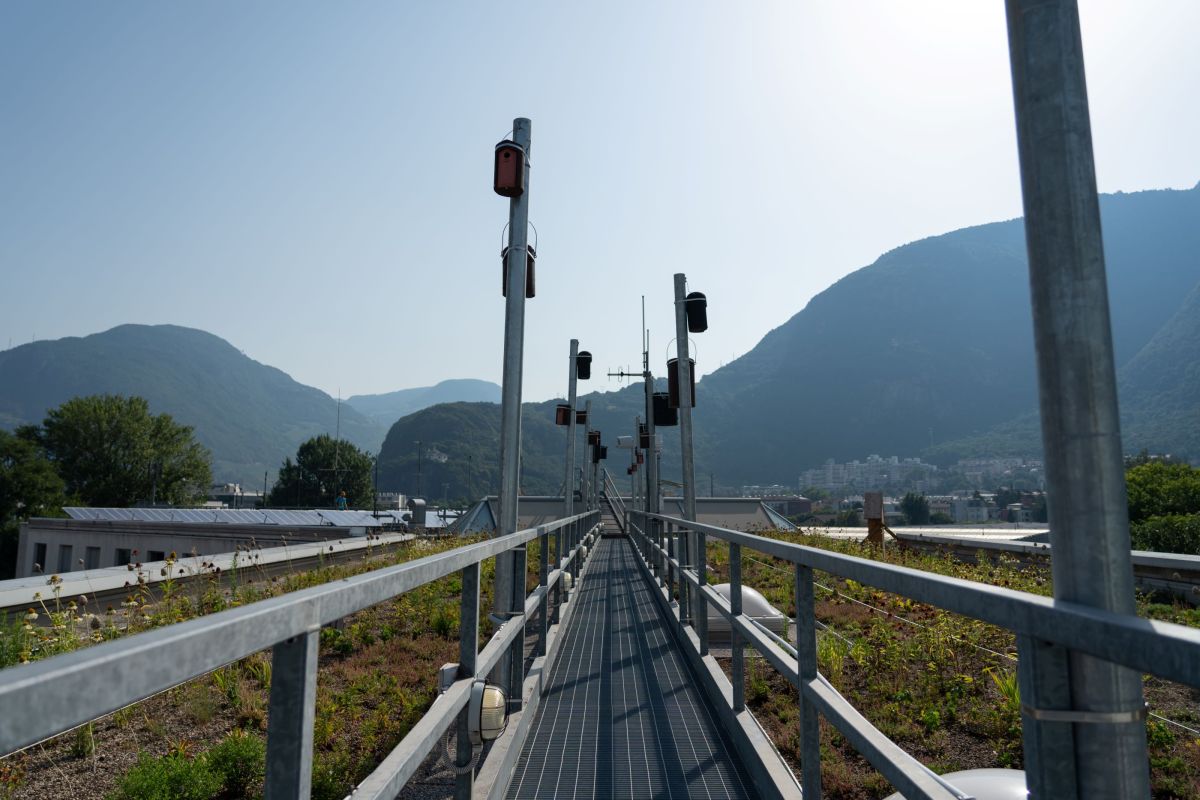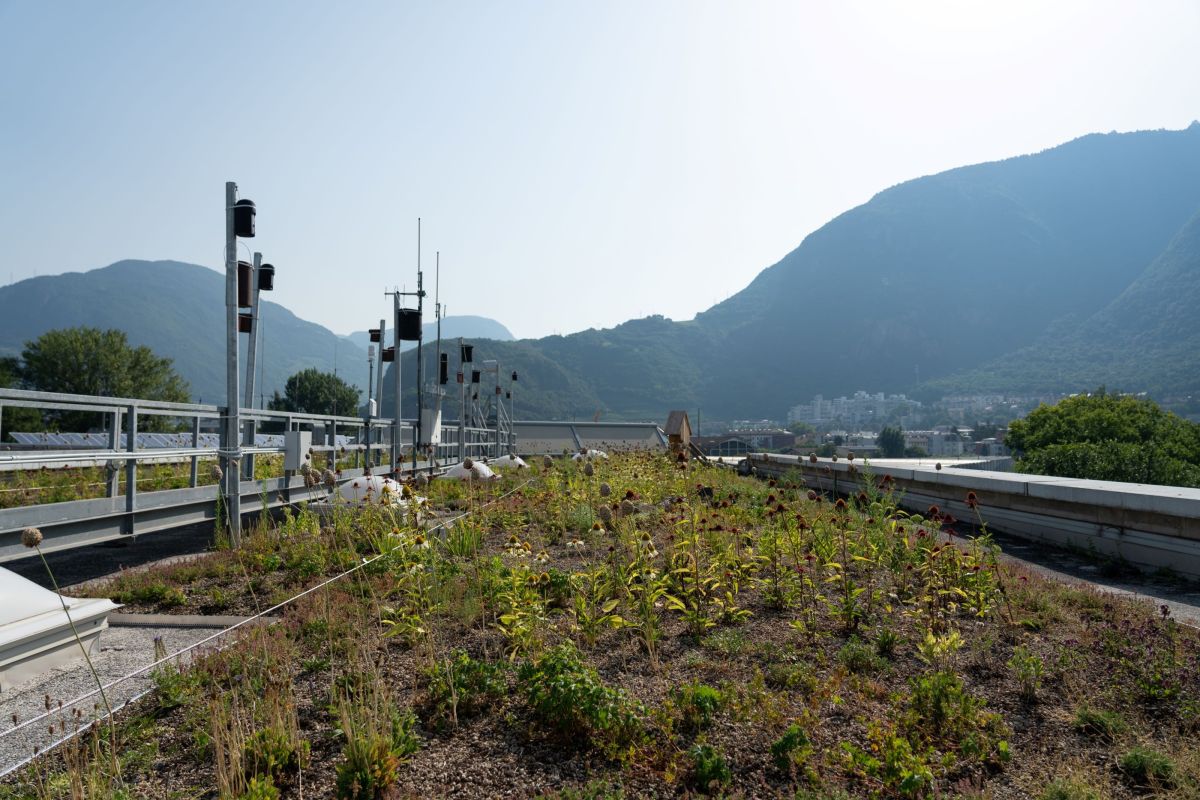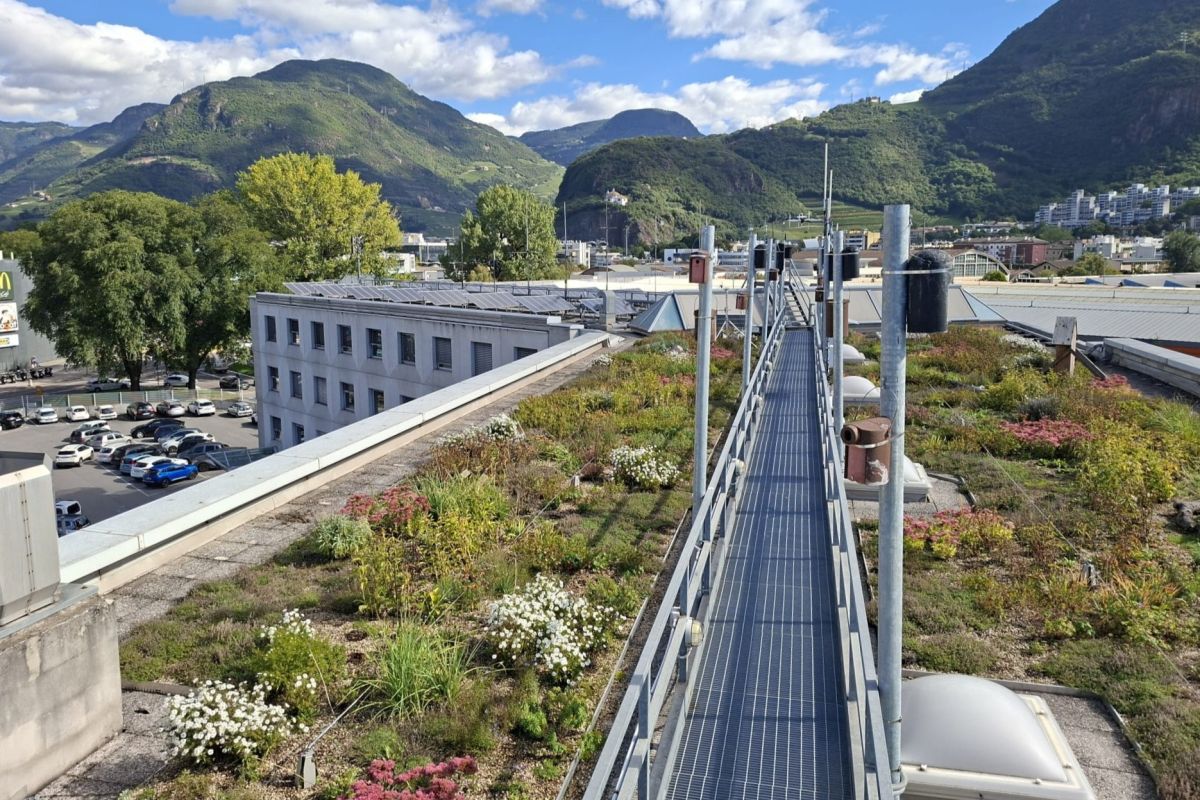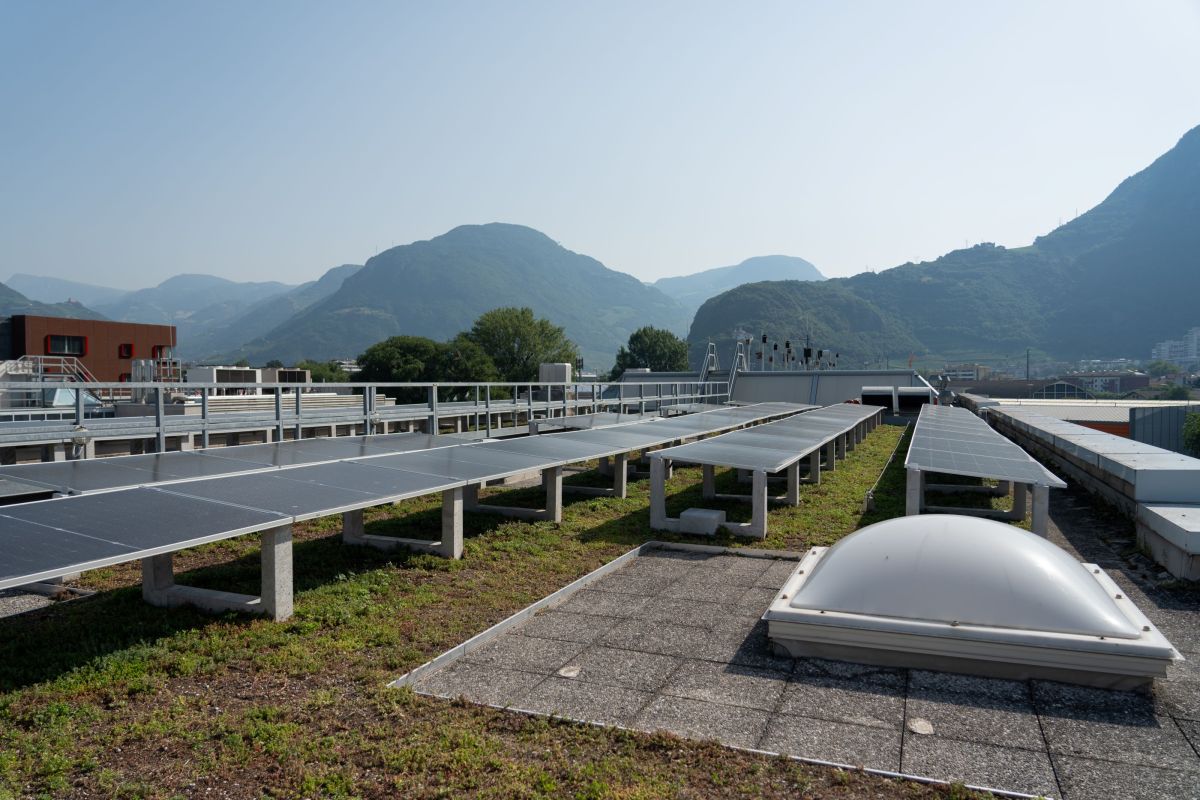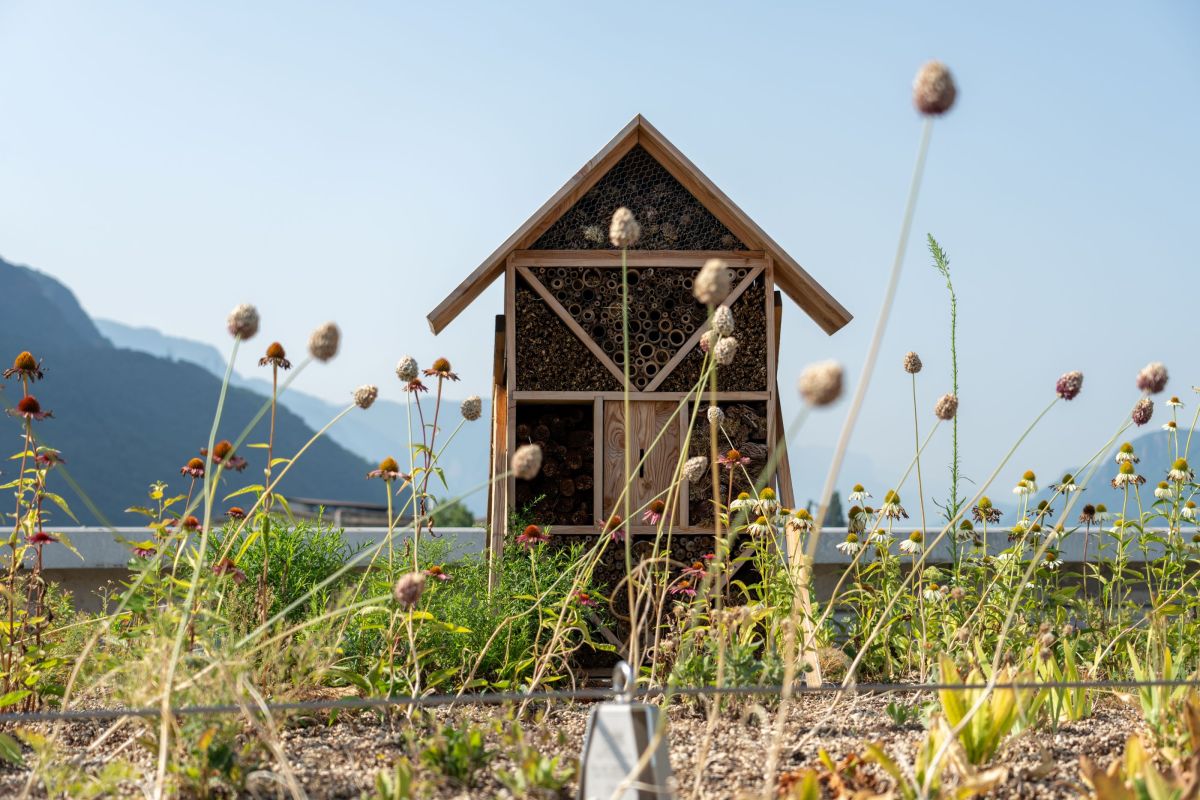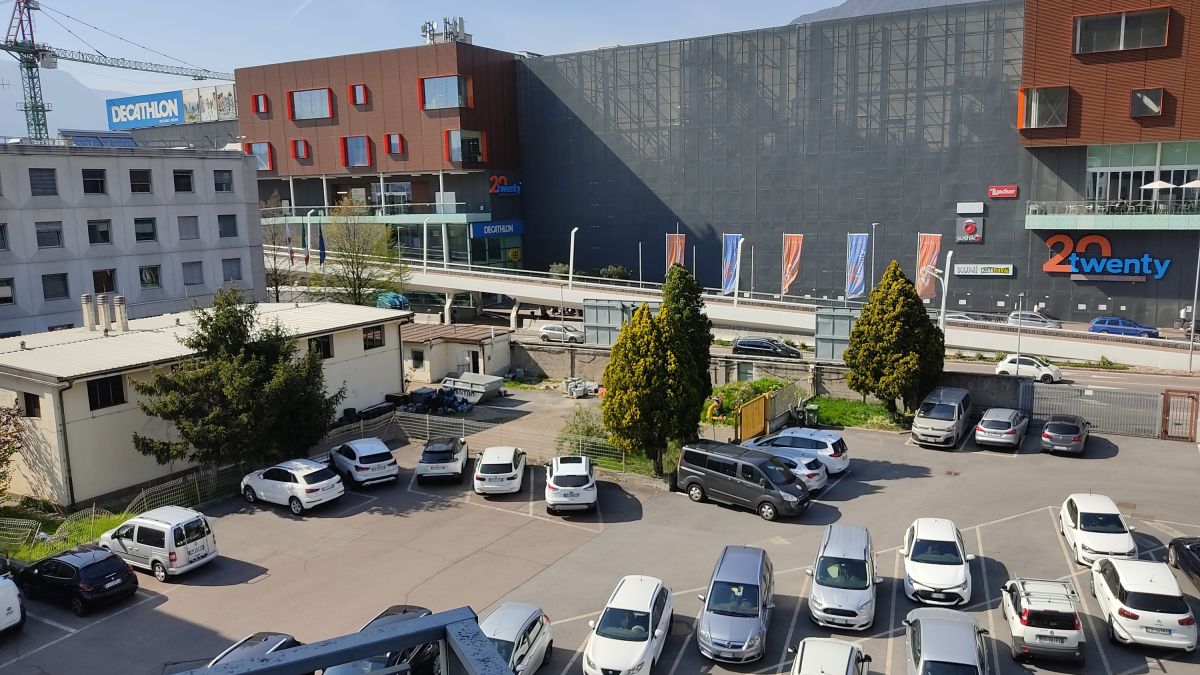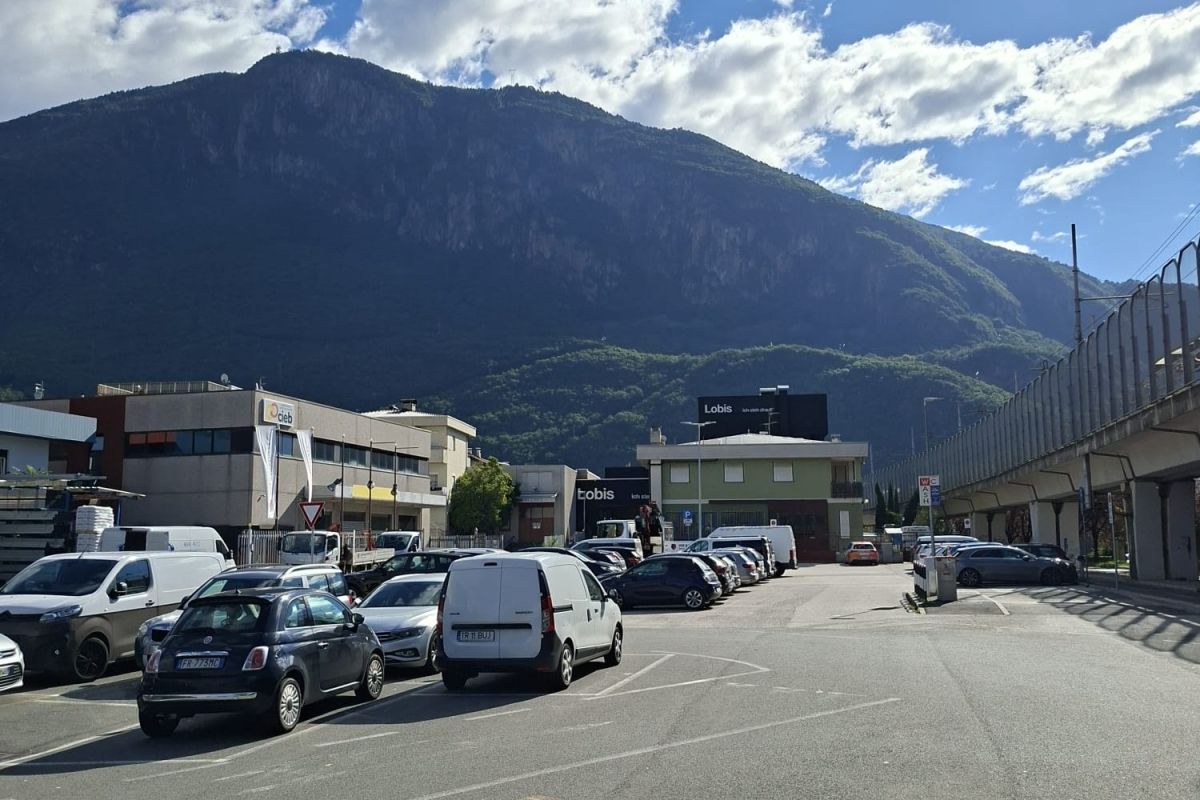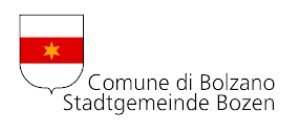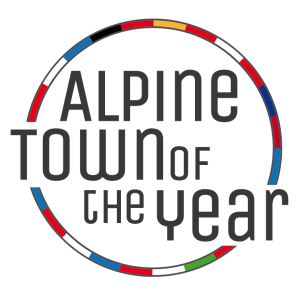The City
This CiPeL combines the involvement of two municipalities, Merano and Bolzano, both located in South Tyrol. Merano has a land area of 26 km2 with a population of 41,000 and Bolzano covered 52 km2 with approximately 107,000 inhabitants. The two cities are located in the north of Italy, in the basin of the central Alps. In this region, there is a moist continental climate which can be characterized by strong season fluctuations and high temperatures including heat waves during summer. Both cities are known for their prominent green spaces, such as parks, natural and recreational areas. However, both cities face challenges of air pollution and volatile temperatures leading to Urban Heat Island and diminishing biodiversity systems.

